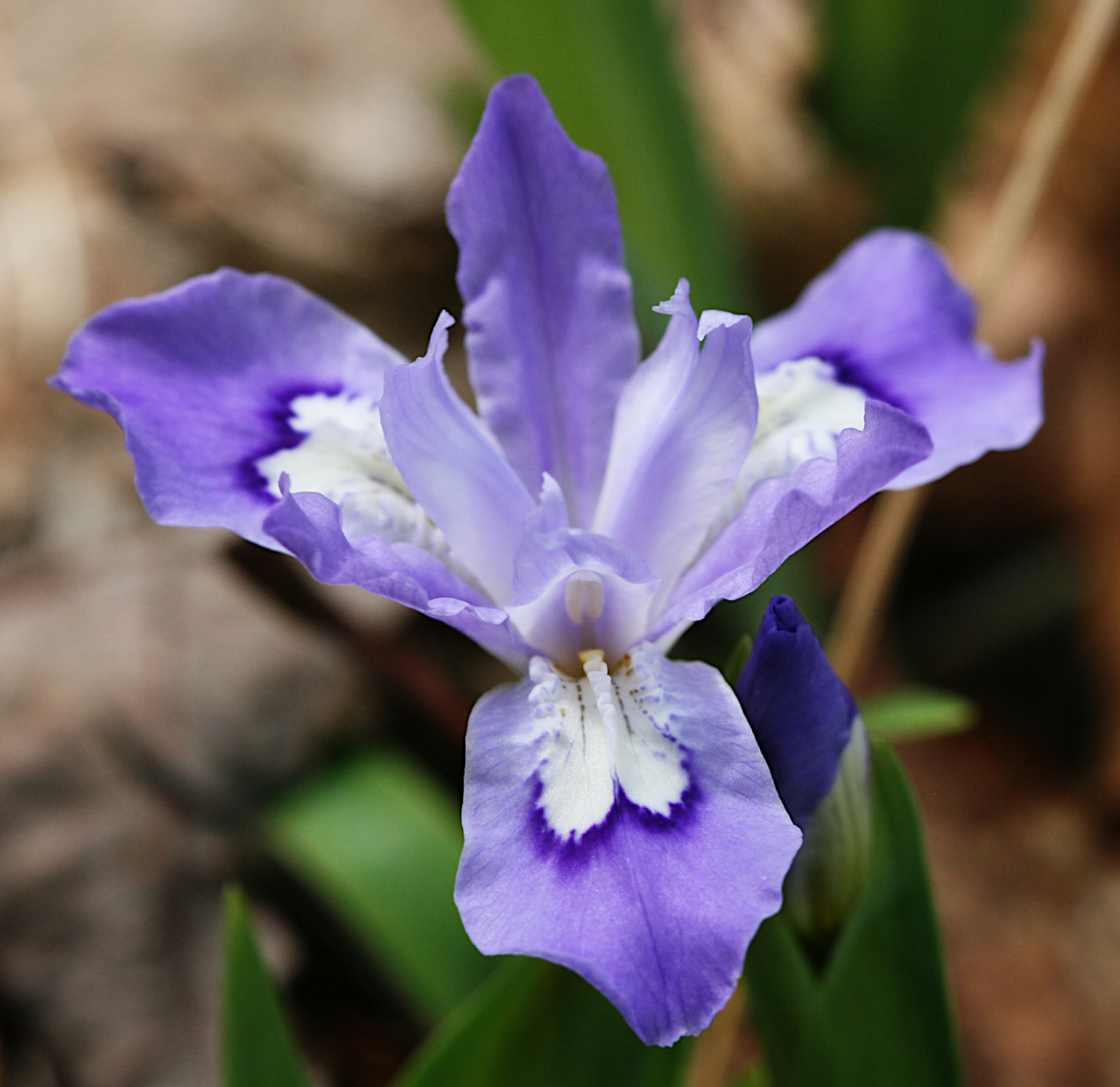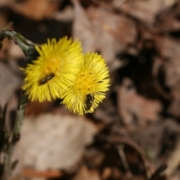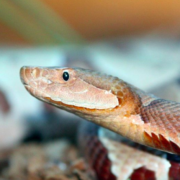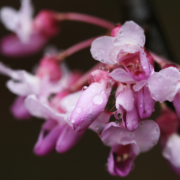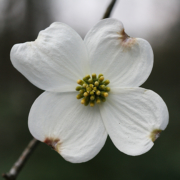Virtual Wildflowers #4
Bays Mountain Park & Planetarium is bringing you a series of blog posts and videos to make sure you can still learn about and appreciate nature, even as you’re spending more time at home. Hope you enjoy!
—————
Virtual Wildflowers | April 15
by Ranger Bob Culler
All photographs copyright Bob Culler, 2020
In spite of today’s chill in the air, spring is in full swing! We are experiencing “dogwood winter” now. Most years, there are short-lived cold spells through late April. Each of these was named for the flowers blooming conspicuously at each time. Dogwoods are in full bloom now, hence the name. “Blackberry winter” will be arriving soon.
Mid-April is a time for multitudes of flowers. Tree leaves are beginning to shade the forest floor. The “spring ephemeral” wildflowers are taking full advantage of the currently available sunshine to grow and reproduce before summer shade slows their growth. In addition, the warmer temperatures of early spring bring out many insects to pollinate all those flowers. Once the full shade of summer arrives, some of these early plants will go dormant until next spring. Others will slow their growth in an effort to maximize the energy they can store in roots to give them an early start next year.
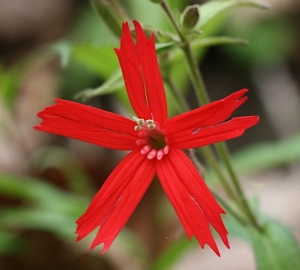
Fire Pink (Silene virginica)
This brilliant flower is rather common in the correct habitat. Unlike many of our early wildflowers, this plant prefers the dry sandy soils and open sun found along some of the roads and trails in the park. The upper part of the entrance road, along the sandstone road cut near the top of the mountain, hosts several colonies of Fire Pink.
It is easy to see where the “fire” part of the name comes from. What about the “pink” part though? “Pinks” are flowers in the carnation family. They get that name from the notched petals common to many of their flowers. Light red came to be known as “pink” because many of those flowers were that color.
Ruby-throated hummingbirds are the main pollinator for this plant. The scarlet red attracts the bird’s attention, while the stamens are arranged to deposit pollen on top of its head. When the hummer flies to another flower, that pollen is transferred to its pistil.
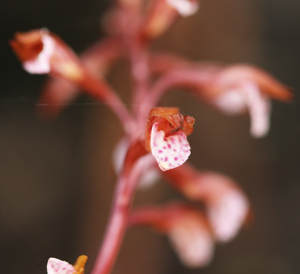
Spring Coralroot (Corallorhiza wisteriana)
Spring Coralroot is an unusual wildflower. I have only ever seen it by the walkways near the Nature Center at Bays Mountain. That is probably because the flowers are so small and inconspicuous. This plant is strange because it has no green leaves; it is a saprophyte (lives off dead plants)! The coral red stalk and pink-spotted flowers are the only visible parts of the plant.
This plant is a member of the Orchid family. Like many other orchids, this one requires very special conditions to grow and reproduce. We have at least 14 species of orchids that have been sighted at the park, so far. Some, like cranefly orchid, are extremely common. Many others are rare, and a few have not been seen in the park for several years.
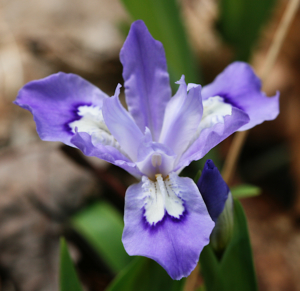
Dwarf Crested Iris (Iris cristata)
Dwarf Crested Iris is a common native species found in the park. This plant grows from rhizomes (horizontal stems) that creep along near the soil surface. Undisturbed patches of these plants can grow to have hundreds of individuals. The “crests” are the wavy ridges found in the throat of the flower. These crests are often bright yellow or orange. One of the best sites for Dwarf Crested Iris is along Lake Road as it passes the Ecology Pond.
As mentioned earlier, this is a time for lots of flowers, so this week’s (April 14, 2020) list is longer than the past few: Wood Vetch, Fire Pink, Princess Tree, Amur Honeysuckle, Garlic Mustard, Redbud, Flowering Dogwood, Sweet Cicely, Bugle, Spring Coralroot, Bluets, Halberd-leaved Violet, Common Violet, Golden Ragwort, Wild Geranium, Golden Alexander, Trailing Arbutus, Dandelion, Pink Azalea, Dwarf Crested Iris, Rue Anemone, Star Chickweed, Perfoliated Bellwort, Kidney-leaf Buttercup, Marsh Violet, Wood Violet, Showy Orchis, Yellow Rocket, Bear Corn, Little Brown Jug, Daffodil.
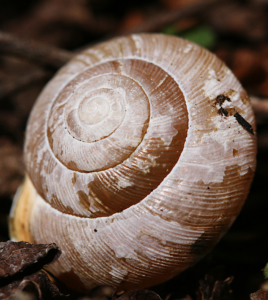
Snail shell
Always remember to enjoy and appreciate all of nature when you go out. There are always many fascinating stories taking place around us if you take the time to look for them. Don’t get so caught up in looking for flowers or birds or mushrooms that you miss the snail shell or the rushing waterfall. And don’t think you have to visit a park to experience nature. As much as we would love to have you visit, there may be times you need a quicker break from everyday stresses. Look for insects around your backyard, watch birds at your feeder, check out the wildflowers growing through the sidewalk! Hopefully, we can all slow down a little and start to notice some of those stories hidden in plain sight.

